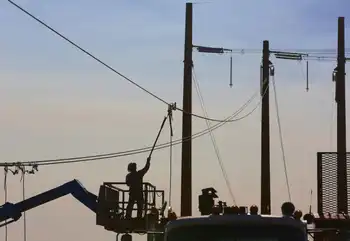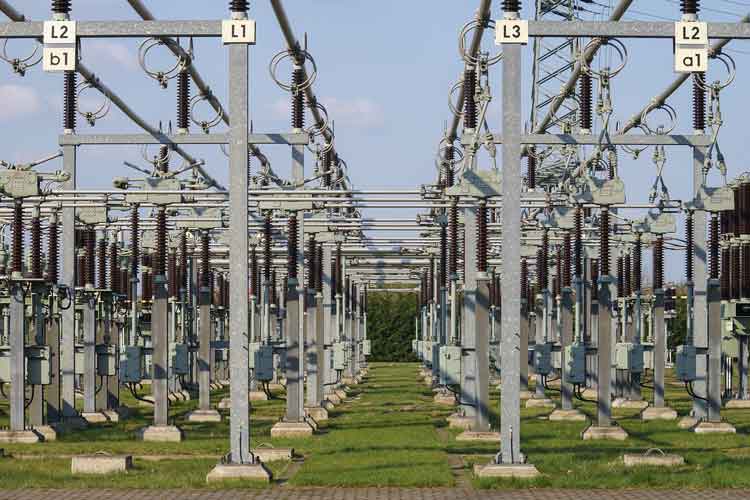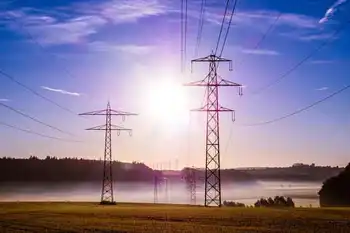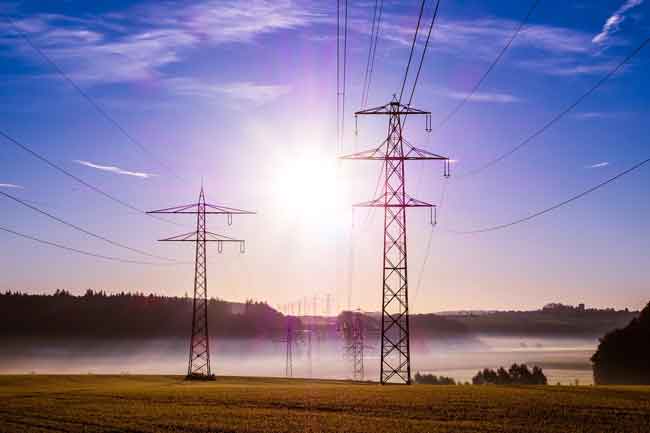UN carbon scheme finds favour in India
Two leading carbon offset project developers in India say the scheme offers the promise of improving livelihoods and greatly expanding the reach and potential investment returns of the UN's existing Clean Development Mechanism.
The CDM allows investors to build clean-energy projects, such as wind farms and solar power stations, in developing countries and earn carbon offsets in return. These can be sold on to help buyers in rich nations meet mandatory emissions targets.
But the CDM is hampered because it is based on the approval of single projects, which can take up to two years and is costly.
The expanded scheme, called program of activities (PoA), aims to allow the launch of identical emissions-reduction projects across a much wider user base in a single program, so cutting overall costs and simplifying the roll-out.
"India's the best place for PoAs. There's a lot of hunger to do these renewable projects because they know the government is committed," said Chandra Shekhar Sinha, head of environmental markets in Asia for J.P. Morgan.
The country of 1.1 billion people has large areas cut off from the electricity grid and is ideal for the deployment of clean energy via solar, wind or biomass, such as crop waste.
Areas that are linked often have old and inefficient lighting and powerlines that need upgrading and transport networks that need to switch to cleaner fuels.
Investment programs that can deploy cleaner energy and drive greater efficiency with the carrot of revenue from selling carbon offsets are seen as a key way to help poorer nations curb the growth of their greenhouse gas emissions.
J.P. Morgan is developing three PoAs in India and is evaluating others. One scheme involves the deployment of 1.2 million solar lanterns in the northern state of Bihar.
The other two cover the roll-out of more fuel-efficient commercial cooking stoves in restaurants and biomass boilers and gasifiers for agro industries, such as sugar mills.
All three are estimated to yield about 12 million UN offsets called certified emissions reductions (CERs) by 2012, Sinha said.
"I've seen many new projects coming up in programmatic CDM," Ashutosh Pandey, CEO of Emergent Ventures India, told Reuters.
He said interest in PoA has surged over the past 6 months once some of the teething troubles of the scheme were overcome and he expected 15-20 programmatic CDM projects to be launched in India over the next 6 to 12 months.
UN data shows that, globally, one PoA project is already formally registered and 15 more are being checked out by UN-approved auditors. Several are in India.
Emergent Ventures has several PoA projects under development, including transmission line improvement, street lighting upgrades and biomass gasifiers to generate power.
The street lighting scheme swaps out old systems for more efficient ones. "We are starting with a couple of cities and the program will be valid for 28 years and we hope to include 70-80 cities," Pandey said.
Programmatic CDM initially stalled over rules that would have saddled the UN-approved auditors with liability costs over mistakes in the design or execution of projects already registered and given credits.
Rule changes have partly removed this stumbling block but other challenges, such as preventing people from selling off their solar lanterns, compact fluorescent bulbs or portable stoves to make money, still remain.
Sinha said J.P. Morgan's solution was not to subsidize the price of the solar lantern.
"The consumer will still end up paying 850 rupees (US$18) because that's the price they would pay," he said. "It's the distributor that gets the carbon revenue stream so that they push the technology."
Related News

Cost, safety drive line-burying decisions at Tucson Electric Power
TUCSON - Though wildfires in California caused by power lines have prompted calls for more underground lines, Tucson Electric Power Co. plans to keep to its policy of burying lines selectively for safety.
Like many other utilities, TEP typically doesn’t install its long-range, high-voltage transmission lines and distribution equipment underground because of higher costs that would be passed on to ratepayers, TEP spokesman Joe Barrios said.
But the company will sometimes bury lower-voltage lines and equipment where it is cost-effective or needed for safety, or if customers or developers are willing to pay the higher installation costs
Underground installations generally include additional engineering…




